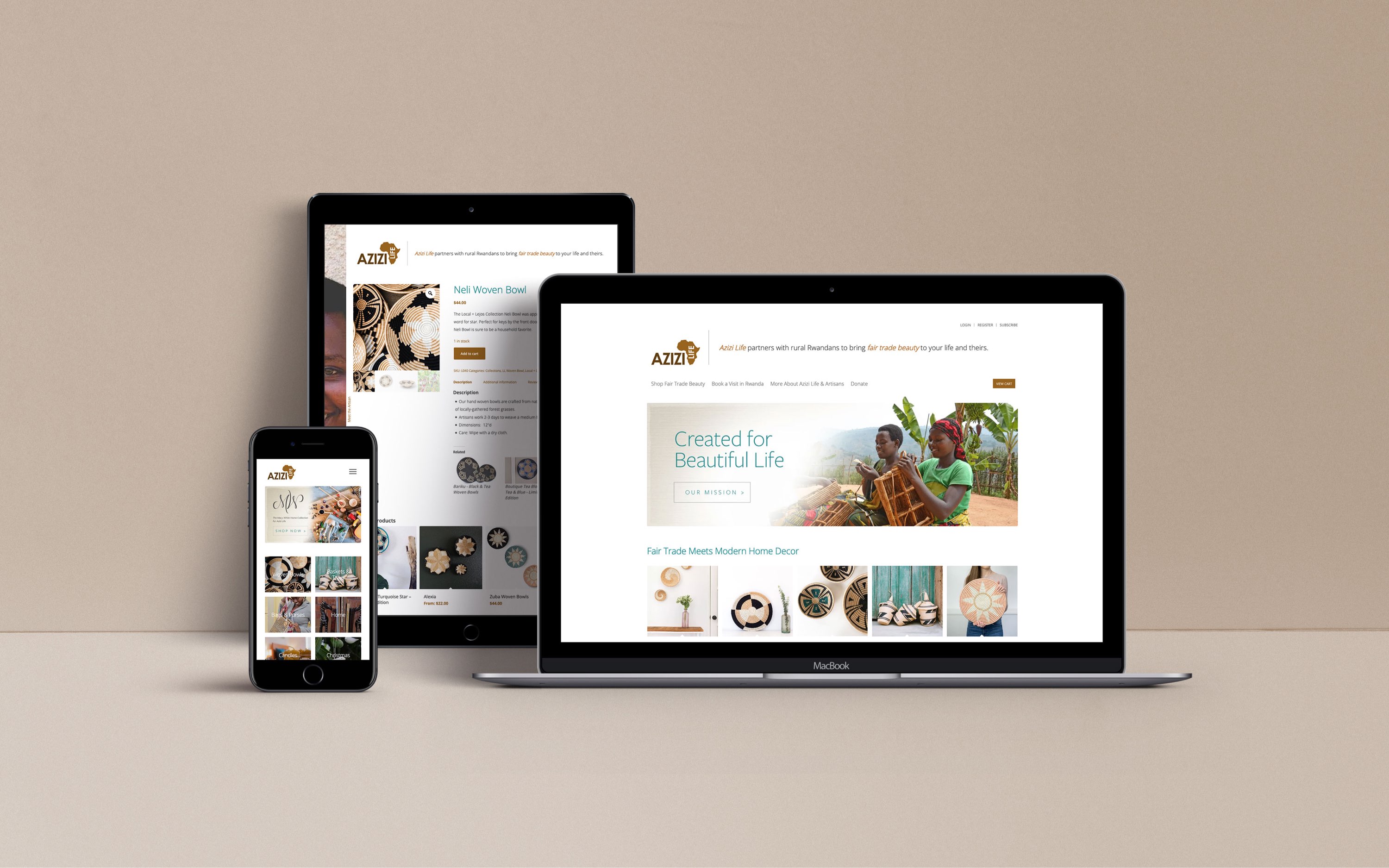How can we lead people to focus more on artisans behind these beautiful products?
Introduction
Azizi Life, a non-profit based in Muhanga, Rwanda, empowers local communities by connecting artisan cooperatives with international customers. Building on their initial success, they have expanded their support to include a range of community-focused initiatives, from adult literacy programmes to professional training.
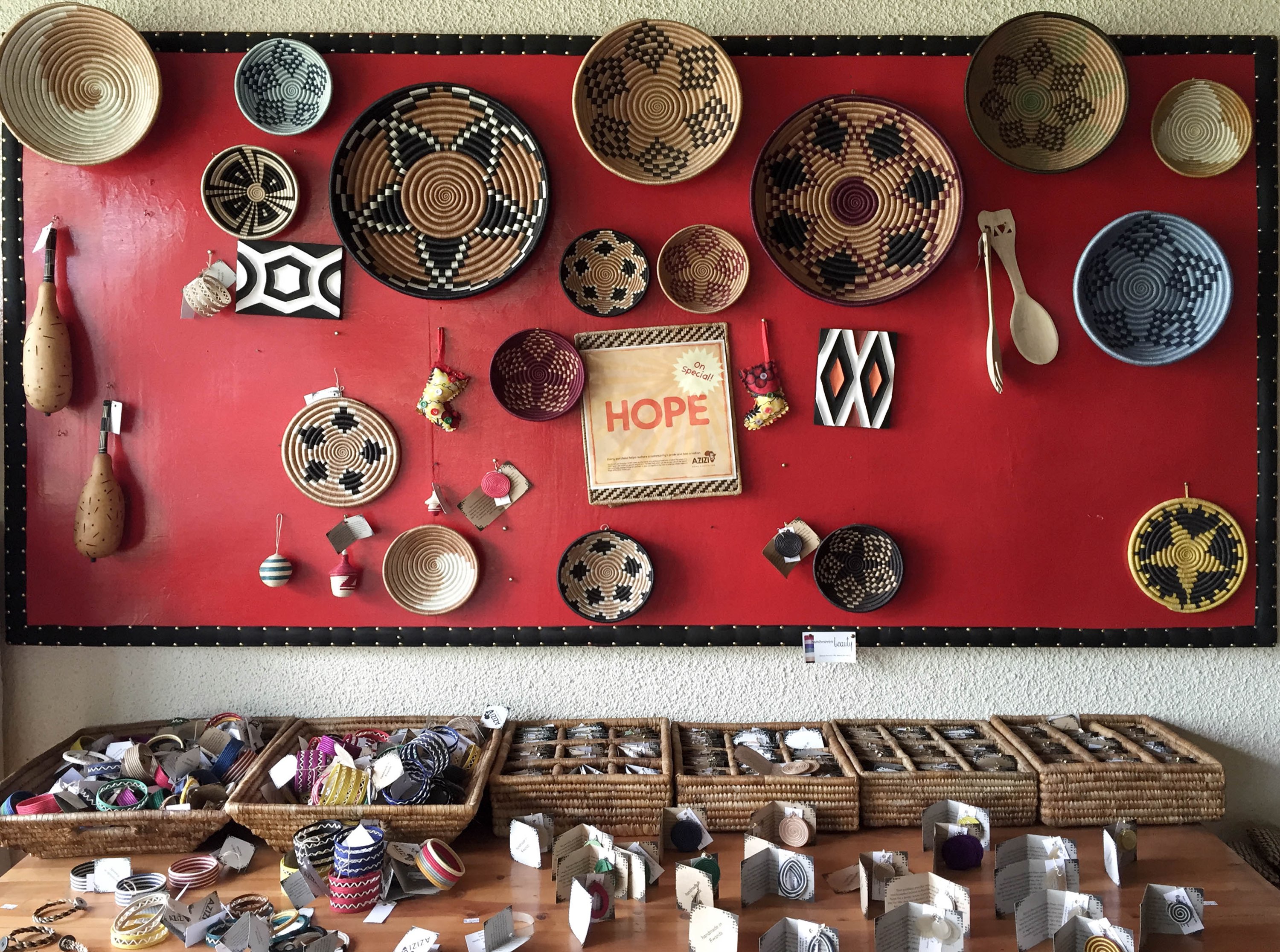
My collaboration with Azizi Life began while I was serving as a volunteer in Muhanga, as part of the mandatory Korean military service. A casual conversation about our respective work in Rwanda sparked a powerful idea: what if we could transform their existing website into a dynamic e-commerce platform, dramatically expanding their global reach? I was thrilled to volunteer my skills to help make it a reality.
Challenges
Azizi Life was primarily targeting U.S. customers through existing channels, including their old website. Our main challenge was to identify what was possible through the new e-commerce platform and define our direction. We also needed to find a way to collaborate efficiently, as the members were working from all over the world.
Defining the Objectives
Planning an e-commerce platform is far more complex than planning a website. For Azizi Life, launching an e-commerce platform also meant introducing new activities and programmes. We needed to align the website's features with their upcoming plans while allowing them to add new offers independently in the future.
Managing the Content
Azizi Life had a vast number of products and a wealth of stories to share from their communities. Most of the articles needed to be republished to align with our fresh concept. The local team was already gathering stories and preparing new photographs, but they needed more time to polish them.
Working Across Continents
When the project began, my service in Rwanda had already ended, and I was back in South Korea. The visual designer was in the U.S., so we all had to work from different continents. This geographical separation was a significant challenge – we could barely find a meeting time when we were all awake!
When we first discussed this project in 2013, the practice of running an e-commerce platform was not as clear to everyone as it is today. A business designer and I, who were supporting the early planning phase, suspected that Azizi Life might not be fully aware of the effort required to run the platform, not just to build it. Ensuring they understood this was one of our core challenges.
Another major challenge was to establish a project setup that allowed all roles – visual design, web development, and content design – to progress in parallel, without having to wait for others working in different time zones.
Approach
Before we could kick-start our project, we needed to be clear on what Azizi Life wanted to achieve through the new platform. To do this, the business designer and I suggested a series of consulting sessions to help them understand what they were about to undertake.
Understanding E-commerce
As mentioned, running an e-commerce platform is far more complex than simply having a website. Business operations need to be realigned with the platform in mind, and Azizi Life would need to invest significantly more time and effort to keep the content up-to-date. The business designer advised them from a marketing perspective, emphasising the importance of the growing demand for new content in a social media-driven world.
I expressed a similar opinion from a technical standpoint, explaining how search engines prioritise fresh content in search results. More importantly, I made sure they understood the necessity of technical training for updating content, not only to save time but also to maintain the quality of the user experience.
I also guided them through the features available on e-commerce platforms so they could plan their programmes accordingly. For example, they wanted to launch a new experience programme that would require a booking functionality, so I advised them to create a list of required features to facilitate communication.
After several sessions, Azizi Life spent many months planning their new activities and preparing content for the new e-commerce website, leading to a full pause in the project until 2015.
Technical Setup
I had to find a technical solution that was highly customisable yet easy enough for everyone to collaborate on simultaneously. After discussing with the visual designer, I decided to use a paid WordPress theme that had a visual block editing feature and WooCommerce integration. The fact that they already had experience with this theme was a great advantage.
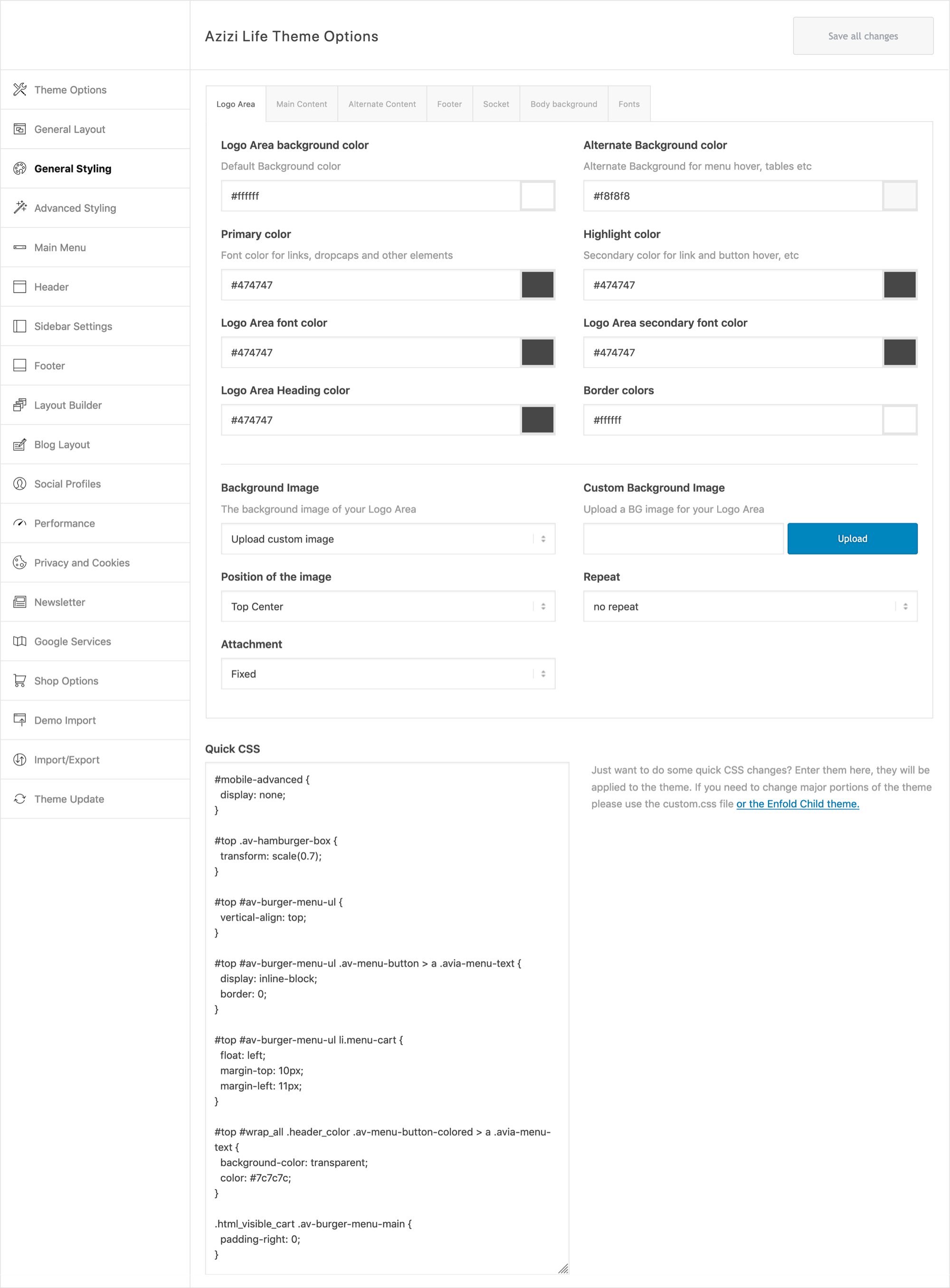
Rather than directly editing the theme's PHP files, I used the theme's customisation feature as much as possible so the visual designer could also tweak the CSS directly. This reduced my development speed, as I had to edit everything in the web editor, but the benefit of collaboration was clearly superior. Thus, only the necessary technical features were implemented via WordPress's child theme functionality.
Collaboration Process
To onboard the content team, the visual designer and I created several scaffolding pages with the theme's editor so they could duplicate them and simply input the text.
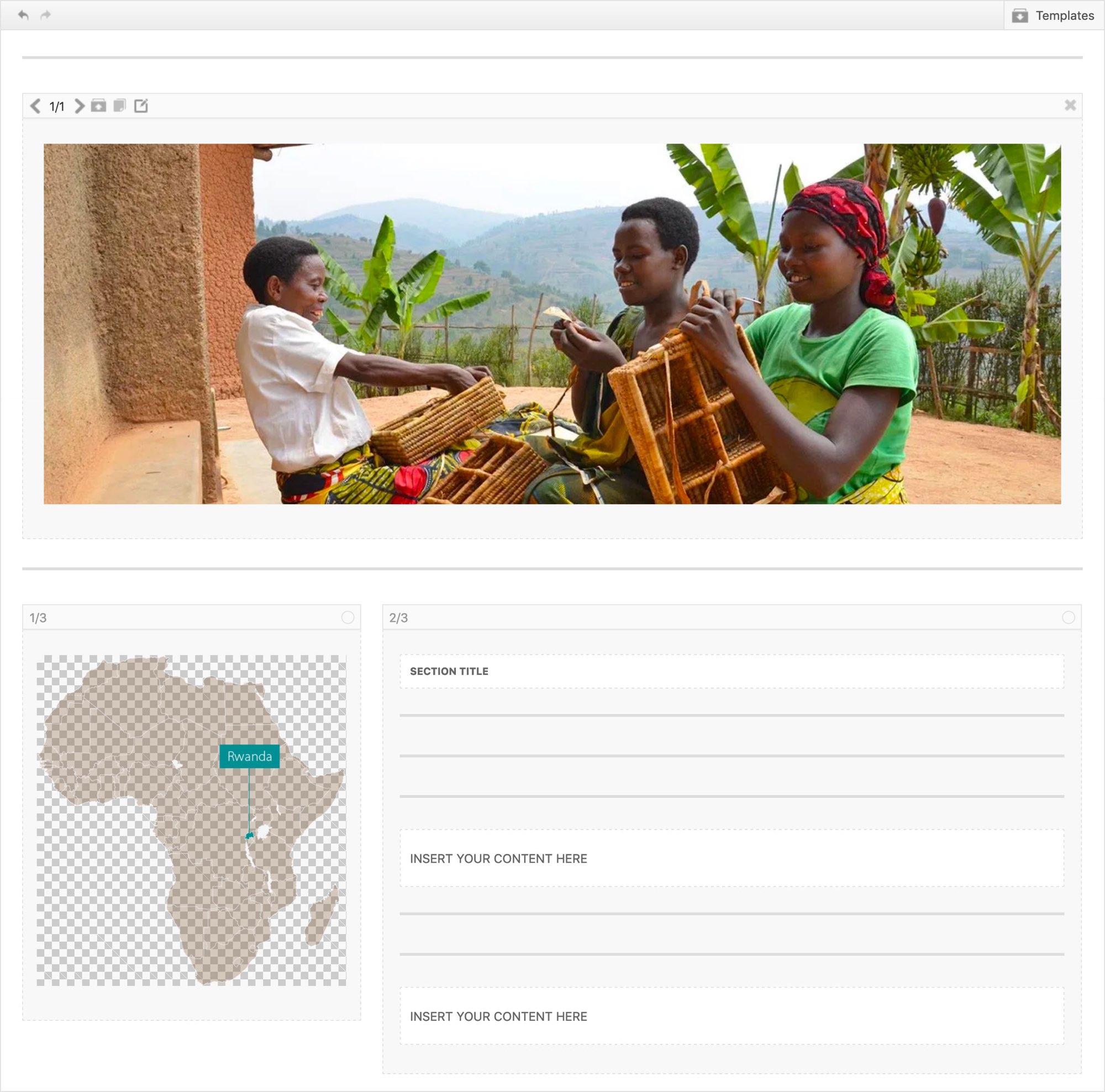
This way, they could add their content while we were working on the design and technical features.
Several sessions were also organised to go over the WooCommerce features. During these sessions, I provided basic training on adding products and aligned with the team on necessary features, such as a booking calendar for field activities.
Outcome
After almost two years of design and development, the new e-commerce website was finally launched. Due to geographical constraints and a vast amount of content, the post-development process took longer, but as a result, Azizi Life successfully integrated the web platform into their business.
Storytelling
Besides all the e-commerce features, our primary focus was on storytelling. Every product and activity offered by Azizi Life is directly associated with local artisans and cooperatives, and we wanted to find an effective way to introduce them and their backgrounds to customers.
As shown above, we came up with an idea to pin artisans to each product to give visual attention. By clicking on the element, visitors can quickly view a summary and quotes from the artisans without leaving the page.
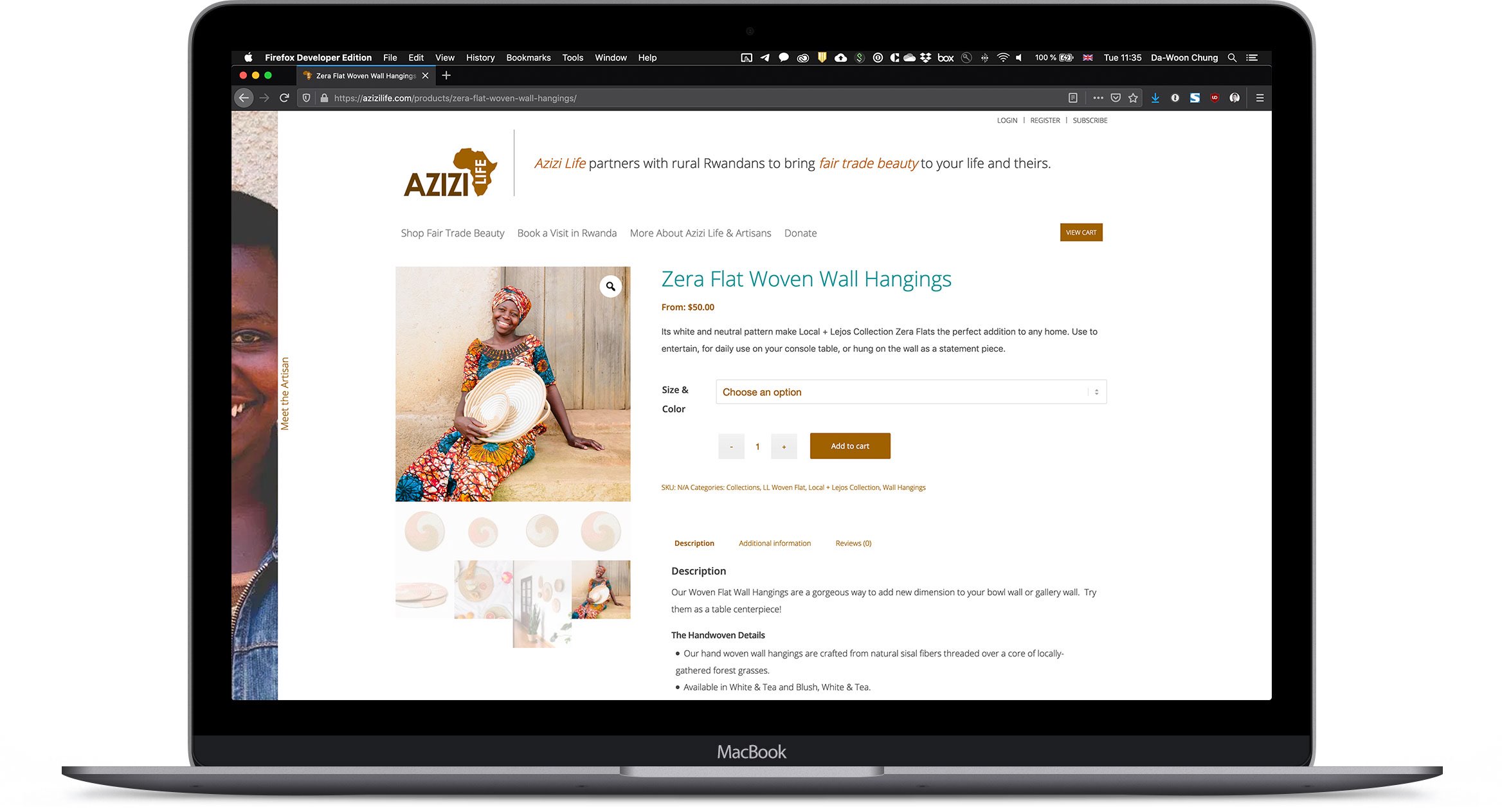
Also, all products are published with a rich number of photos to provide more visual context. Rather than showing only the products, many of them include photos of artisans or their surroundings, so customers can naturally engage with the stories behind the craft and imagine the lifestyles around them.
Growth Beyond E-commerce
The launch of the new website enabled Azizi Life to be more active in introducing new programmes. The collaboration during the development involved thorough training on WordPress and WooCommerce, which also became part of the maintenance handover. All necessary features, such as time booking, were pre-implemented so Azizi Life could update new activities or products themselves in the future.
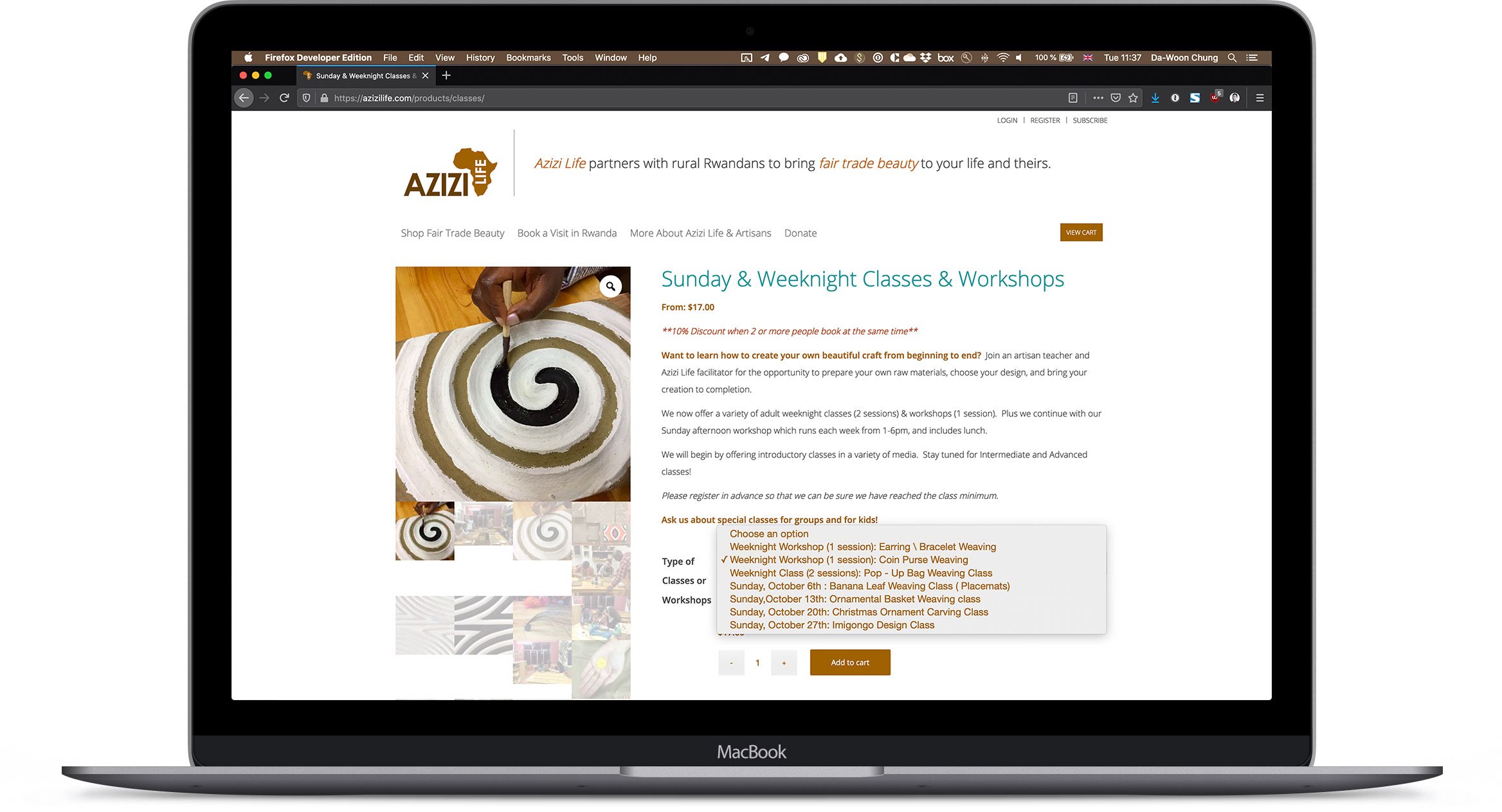
For example, they had previously offered only one Experience Day programme along with their products, which was meant for tourists visiting Rwanda. Now, such on-field activities have grown into a major business, and they currently offer more than ten programmes through the website. In addition, they have launched a dedicated studio for workshops, which is also introduced and booked through the platform.
Learnings
I am proud to have completed this pro bono project on such a large scale with multiple stakeholders involved. It was by far my biggest web-related project, as it extended beyond the online platform and transformed an entire business. I was lucky to have Azizi Life as my client, who was ready for the challenge and passionate about pushing themselves further through the investment – which is quite unusual for many NGOs.
An Unusually Long Project
Azizi Life was very serious about transforming their business into a modern one, and they put a lot of effort into polishing their content. Given the large number of local partners, they had to take about a year to sort out future business directions and gather stories and footage for the new website.
Things have changed a lot. Forget OpenCart; let's use WooCommerce!
This period brought a major change in the technical setup. During the initial planning phase in 2013, I was opting for OpenCart as our back-end engine, as I had experience with it and other MVC frameworks. However, as I was drafting the first version of the new Azizi Life website, I quickly learned its limits:
1. Difficult maintenance. This is not true today, but an earlier version of OpenCart did not have an auto-update functionality, meaning that Azizi Life would have to hire a developer to keep the engine up-to-date.
2. High learning curve. Related to the above, both developing and using OpenCart itself required a good understanding of the framework. This directly affected maintenance, as it would be difficult for Azizi Life to find someone with the necessary knowledge.
Luckily, WooCommerce had grown rapidly during the pause, and I could safely recommend the switch to WordPress + WooCommerce. To be fair, this combination also has a high learning curve, but it obviously has an incomparably larger community to support it.
This process gave me a clearer idea of what factors I need to consider when choosing the right technology and the importance of monitoring trends. I applied these learnings in my other consulting work to help clients choose solutions.
Support Beyond the Web
As Azizi Life and I shared our time in Muhanga for over two years, we often shared our thoughts and experiences from our activities. During the project, I also had several opportunities to support them in areas other than the web.
For example, I had the chance to be involved in one of their pilot activities. I once mentioned to them that I wanted to learn to weave a basket, and they introduced me to an artisan who gave me a workshop. This later became a regular activity introduced in their Experience Days programme.
This gave me a much clearer idea of what Azizi Life was trying to achieve through their new e-commerce platform and what related features were needed. I learned that, just like a service design project, such activities or workshops could be organised in the research phase for an e-commerce project.
